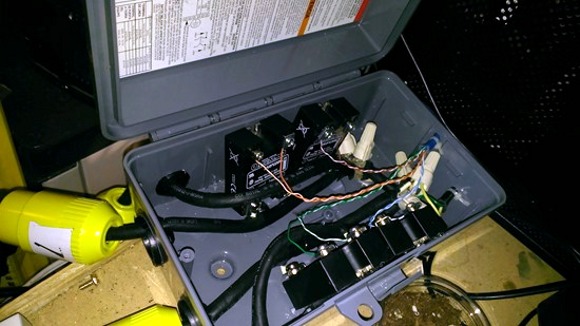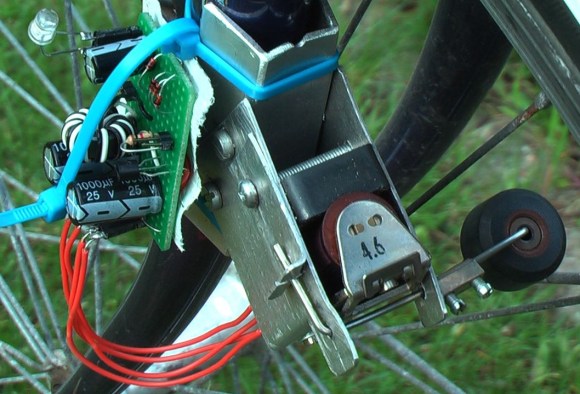
Check out that beefy electric motor hanging out where the swing arm connects to the body of this motorcycle. It’s the muscle that makes this recently completed electric motorcycle ready to race.
[Jackson Edwards] has been hard at work building this from the ground up. His goal was to make it competitive with production line motorcycles and his most recent test runs are pointing to success. The film shows off a couple of problems with the rear suspension. This actually led to him dumping the bike on a turn. He was unharmed but the control panel on the handlebars was unfortunately trashed. A bit of work fixed the handling and he was able to ride with confidence. We’re struck by how quiet the thing is as it tears past the camera at the very beginning of the video.
Sure, we’ve seen other electric motorcycles before. Those were all conversions from gas. Designing from the ground up really opened up a lot of choices not possible with a retrofit. Make sure to dig through all the posts on his blog to get the full picture.
Continue reading “Electric Motorcycle Hits The Racing Circuit”
















